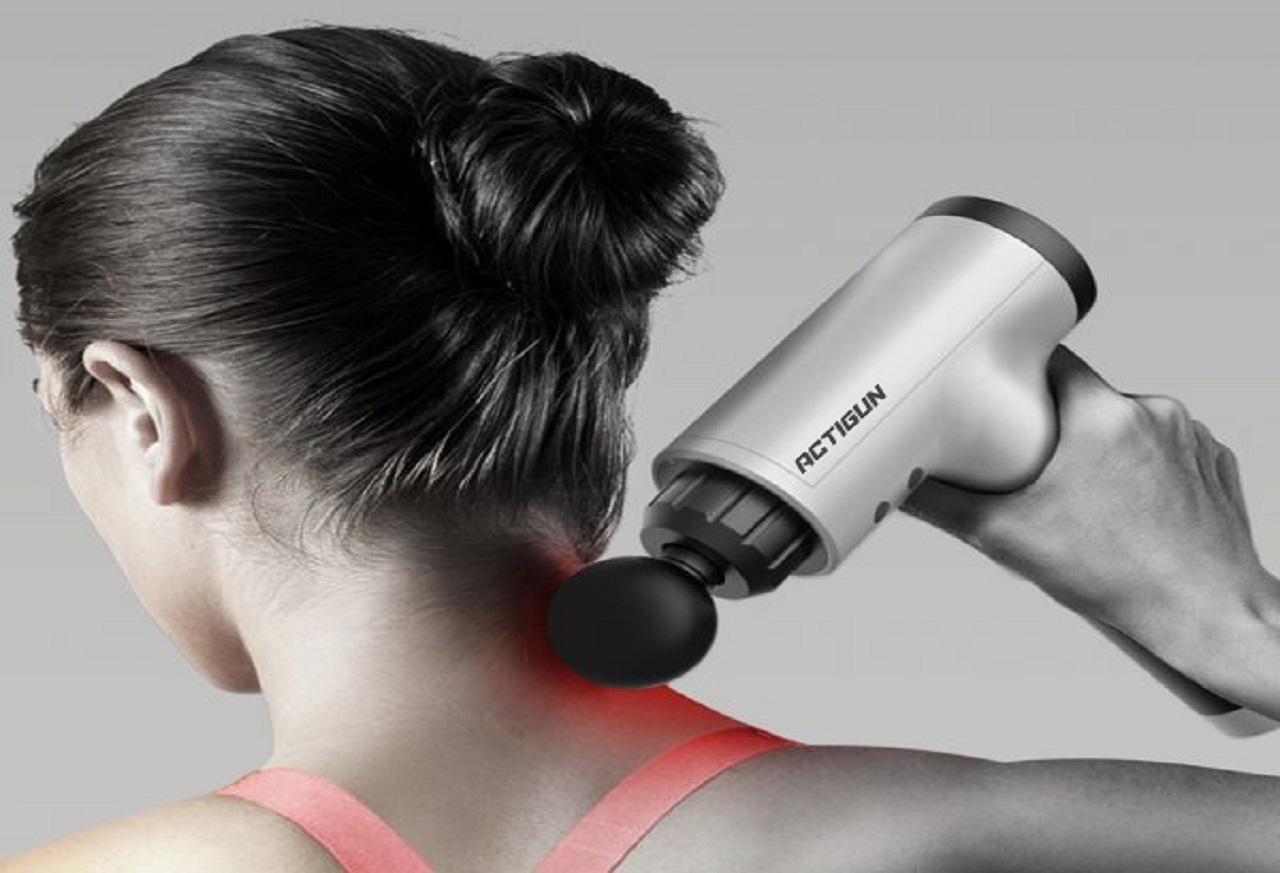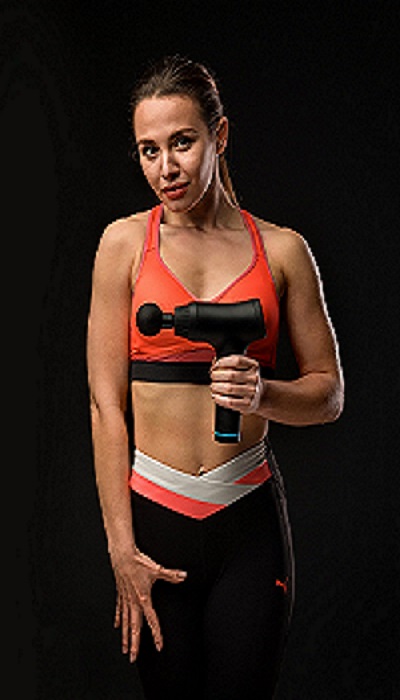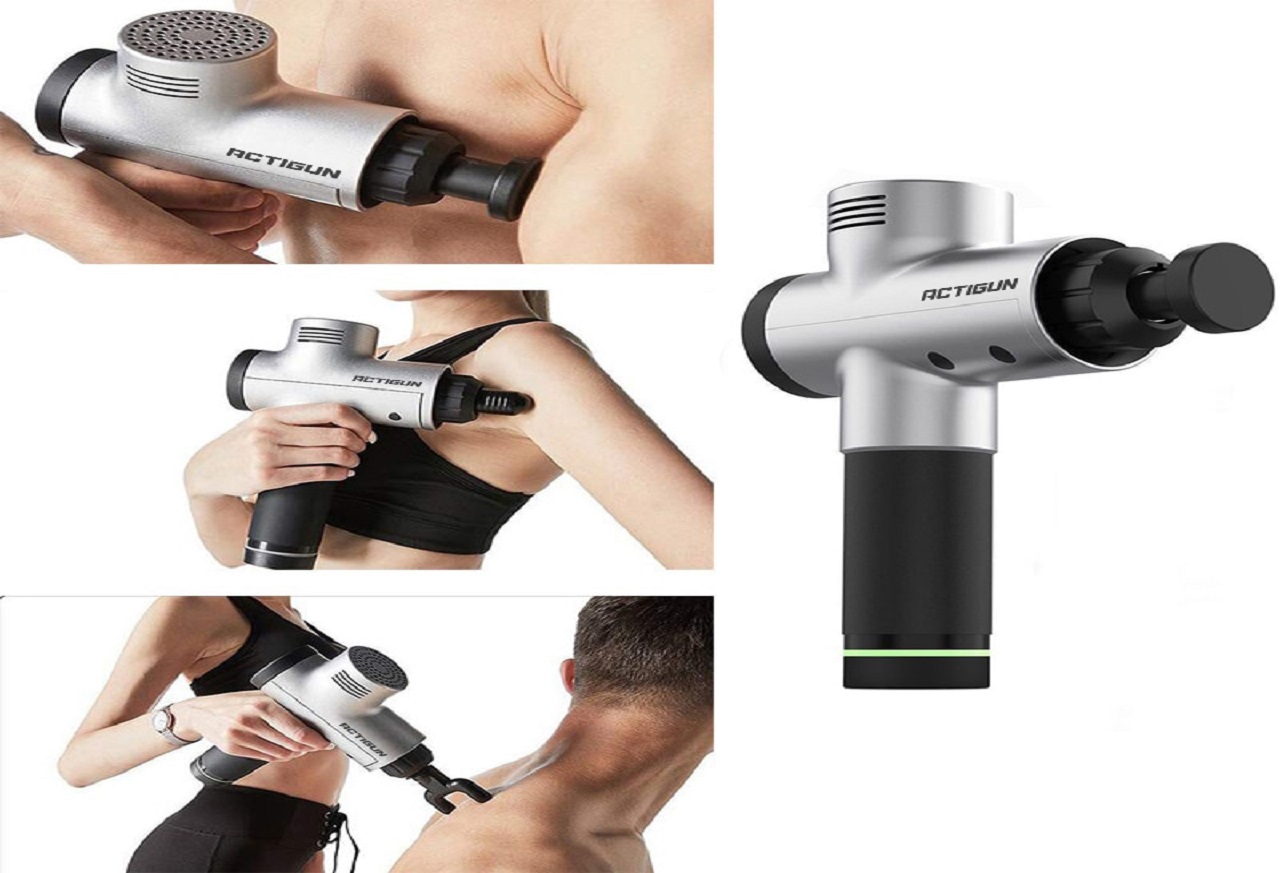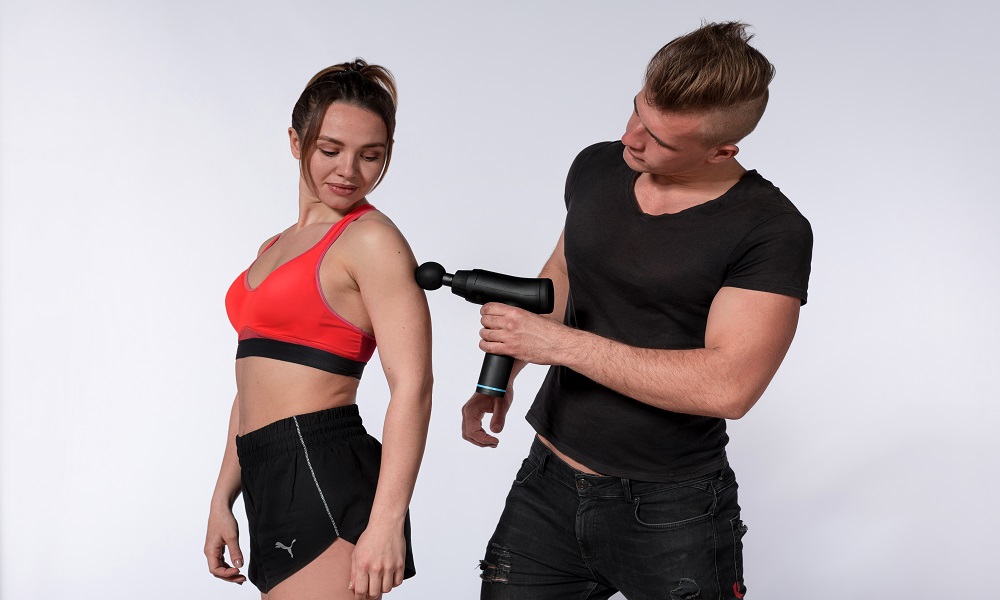How do you recover from your CrossFit sessions? If your answer is “taking it easy” or “getting more sleep” than you’re not actually doing any recovery
How do you recover from your CrossFit sessions? If your answer is “taking it easy” or “getting more sleep” than you’re not actually doing any recovery work on your muscles.
Recovery is what you actively do to improve boost muscle repair and optimize your body’s response to a CrossFit workout. Alternatively, rest is what you do to passively heal your muscles, like sleeping and relaxing.
Going beyond simply resting your muscles to taking an active roll in the recovery process is an essential step in your training. It’s what will allow you to push harder, heal faster, and build muscle safely and effectively.
The very first step in the active recovery process is something that you probably already do: Stretching. Stretching is absolutely essential after every single workout. If you don’t do it, start now. Like, literally now, while you read this article. Your muscles need it!
But stretching isn’t the only thing you can do for your aching muscles. Pro athletes and life-long trainers have developed a slew of tips and techniques for faster muscle recovery.
And these tips are especially important for Crossfitters, as CrossFit is one of the most physically taxing workout programs.
To make sure your muscles are getting the best possible care between each workout, try some of these techniques.
Trigger Point Therapy

Trigger point therapy is the practice of easing tension from the myofascial trigger points in muscles and fascia. These trigger points are commonly called knots, and they can be tough to locate and relieve.
Crossfitters are some of the most likely to suffer from painful trigger points. Not only are these triggers uncomfortable, but they also restrict movement and prevent you from achieving your goals.
Powering through a workout and getting proper rest will not help reduce trigger points. To do that, you must work the knots out with a foam roller or a massage ball.
There are many ways to work out trigger points with a foam roller, and you can learn all about them in this article about myofascial release.
You’ve probably seen people at the gym using these foam rollers on their backs, necks, arms, and legs before. It’s a good habit to get into for muscle recovery even if you don’t feel pain. Here’s why:
- Some trigger points don’t cause pain
- If your muscle movement has been restricted for a long time, you might not realize that you have trigger points
- Trigger points prevent oxygen from reaching your muscles
- Trigger points start small and grow over time. If you practice Trigger Point Therapy, you can prevent these pain points before they form
Trigger point therapy will prevent your muscles from tensing and knotting up after your CrossFit sessions. They also help to deliver fresh blood and oxygen to affected areas. Taking a few minutes with a foam roller after each workout will assist healthy recovery, promote good posture, and optimize mobility for your next workout.
Meditation
You’re probably familiar with meditation. It’s just sitting and being quiet for a while, right?
If that were the case, meditation would be a form of rest and not recovery. But meditation is a lot more than you think.
Meditation has been proven to physically alter the body, and this has big implications for the hormonal aspect of muscle recovery after a CrossFit workout.
Meditation has been shown to decrease cortisol, the stress hormone that can inhibit muscle growth, while boosting another hormone called DHEA. DHEA helps to prevent aging, and studies have shown that it can protect muscles post-workout and improve muscle healing after an injury.
Not only that, but studies on athletes have found that meditation also significantly reduces pain after a workout, which can be an issue for dedicated Crossfitters.
Maybe the best thing about meditation is that it’s 100% FREE. Just 30 minutes of sitting after your workout can deliver tons of benefits for physical recovery, and we’re not even touching on the wide range of benefits it has for mental health.
In the true CrossFit fashion, meditation requires no special equipment—only the willpower to achieve more. Think of it as an extension of your workout and you’ll soon be breaking your mental and physical barriers.
Percussion Massage

Percussion massage is a type of deep tissue massage that penetrates deep into the muscle to break down scar tissue, release knots and tension, and boost circulation.
It’s an intense massage therapy, as the name “percussion” suggests. The treatment involves repeatedly pounding the muscle with powerful percussive blasts. The effect of these rapid strokes is a quick infusion of blood to deep, critical areas of muscle. It also stretches the muscle to improve range of motion and flexibility.
Studies have found that percussion therapy can reduce post-workout soreness by preventing inflammation. Because of its effect on circulation and its ability to stretch muscles, percussion massage is also recommended pre-workout.
This massage technique was once reserved for pro athletes who had access to dedicated sports trainers and massage therapists, but now, anyone can get a percussion massage. All you need is a percussion massage gun.
Percussion massage guns are hand-held and simple to use. You can easily bring one to the gym and share it with other Crossfitters.
A big benefit of this muscle recovery hack is that a solid percussion massage only takes minutes to complete. Some muscle groups only take seconds. If you don’t have a lot of time to dedicate to muscle recovery, investing in a percussion massager is a smart choice.
Float Therapy
Float therapy might seem like something out of science fiction, but it is growing in popularity as a method for relaxation and recovery.
Float therapy occurs inside float pod. This is a sensory deprivation chamber filled with a saltwater solution. The water contains so much salt that the body floats effortlessly on top of the pool. When the pod is closed, the floater experiences complete physical and mental relaxation.
This is a wonderful sensation for relaxation, and it also removes tension from your muscles. Over the course of your float, your spine elongates, which has a ripple effect in releasing tension from all the joints of the body. This is super beneficial for Crossfitters as CrossFit puts a lot of pressure on the joints.
Float pods are one of the best ways to relax after a tough workout. Just one hour of floating is equal to about 4 hours of deep, regenerative sleep. But floating isn’t just a way to get more rest.
The water in the pod is absolutely loaded with Epsom salts. Epsom salt is a powerful anti-inflammatory, and it has been shown to reduce muscle pain after a workout. Not only that, but as you float into oblivion, the magnesium-rich salts will flush out the lactic acid in your muscles and super-charge the recovery process.
If you want to experience the bliss of sensory deprivation in a float pod, you can have one installed in your home for a cool 20K… or you can make an appointment at a local spa with a float pod.
Sauna
Saunas aren’t just for naked old dudes anymore. There’s been a comeback in the popularity of these people ovens as a new generation is discovering their benefits for detoxing the body, boosting muscle recovery, and balancing mood.
But for now, we’ll stick to the muscle recovery aspect. The sauna delivers a one-two punch to sore and inflamed muscles.
The heat has the immediate effect of relaxing tense muscles. The sauna also boosts your body’s core temperature and circulation. This makes it easy for oxygen-rich blood to flow into relaxed and receptive muscle tissue, flushing out toxins. And because you’re sweating up a storm, those toxins easily exit the body and leave you feeling calm and collected.
The heat will also lower cortisol (the stress hormone), which can impair muscle growth at high levels.
Heading into the sauna might be the last thing you want to do after an intense CrossFit session. You’d probably rather take a cold shower than head into an inferno. But a sauna session doesn’t take long. You can start with just five minutes and work your way up to around 20. Once you get used to it, you’ll feel more pleasure than pain!
Recovery is Key in a CrossFit Lifestyle

CrossFit is a lifestyle, not a fitness regimen. But it often focuses too much on diet and exercise to achieve goals. This is one reason that it has garnered some criticism for the long-term effects it can have on the body.
If you are a Crossfitter who wants to smash their goals and ensure the long-term muscle and joint health, recovery must be an essential part of your training. And because CrossFit is so intense, you should consider using more than one recovery technique to soothe those muscles.
Start by stretching—the most important recovery tool in your belt—and add another technique from this list to promote quick recovery and optimal mobility.
If you’re light on cash, tack a 30-minute meditation session onto the end of your workout. It’s one of the very best techniques for holistic mind-body health, and it’s free.
If you don’t have much spare time, grab a portable percussion massage gun. You can use it at home, the office, or the gym, and it only takes minutes to boost circulation and enhance recovery.
Whichever recovery hack you choose, just remember to do it with the same drive and determination you bring to each CrossFit workout. If you do that, you’ll always be energized and ready to take on your next goal.
